You are here
Please respect the outdoors by practicing Leave No Trace. Learn more about how to apply the principles of Leave No Trace on your next outdoor adventure here.
Squamish-Lillooet Area, British Columbia
Vancouver Metro Area, British Columbia
Squamish-Lillooet Area, British Columbia
Klahanie Park
Coast Mountain Range
Squamish
Squamish-Lillooet Area, British Columbia
Joffre Lakes Provincial Park

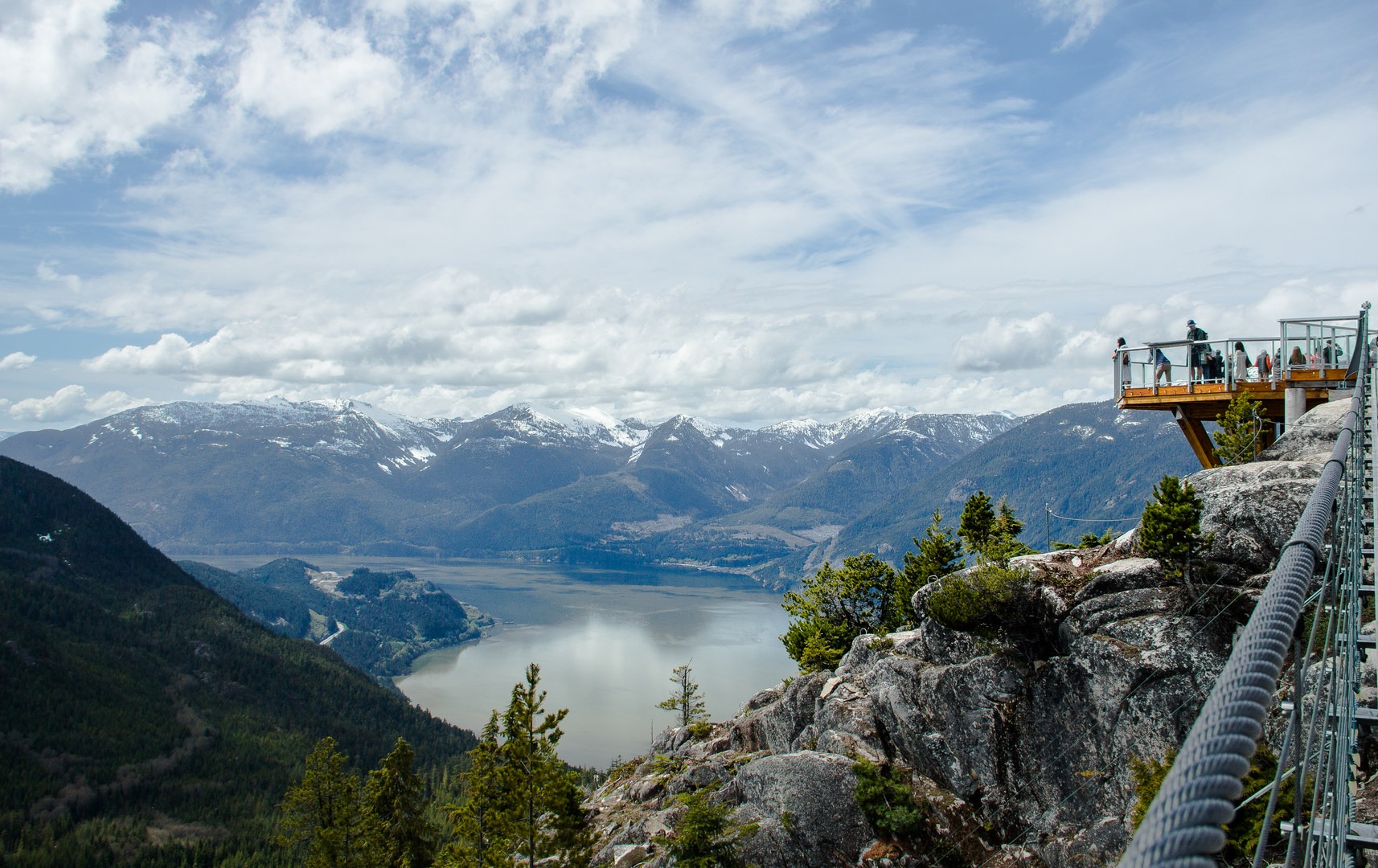
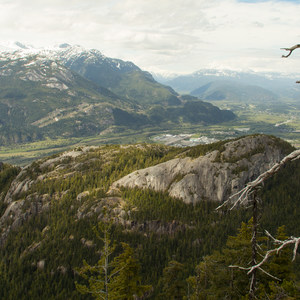
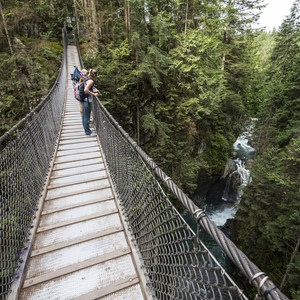
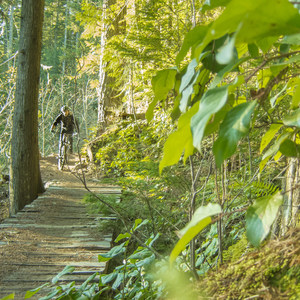
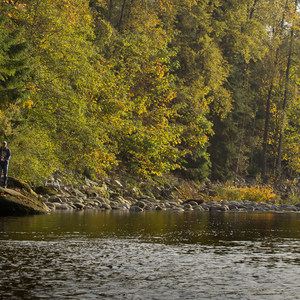
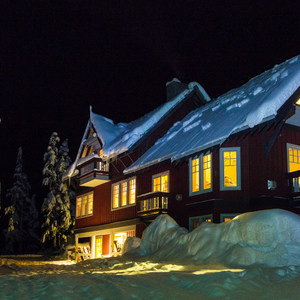
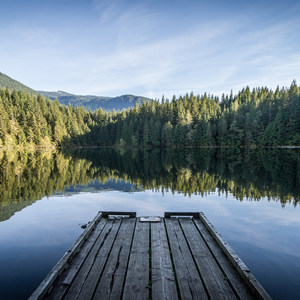
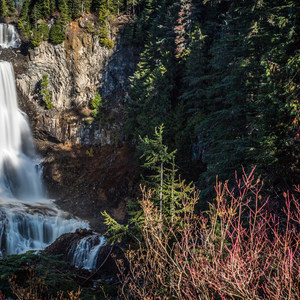
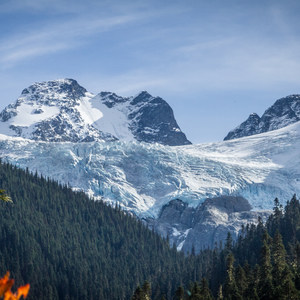



Comments
Sign In and share them.